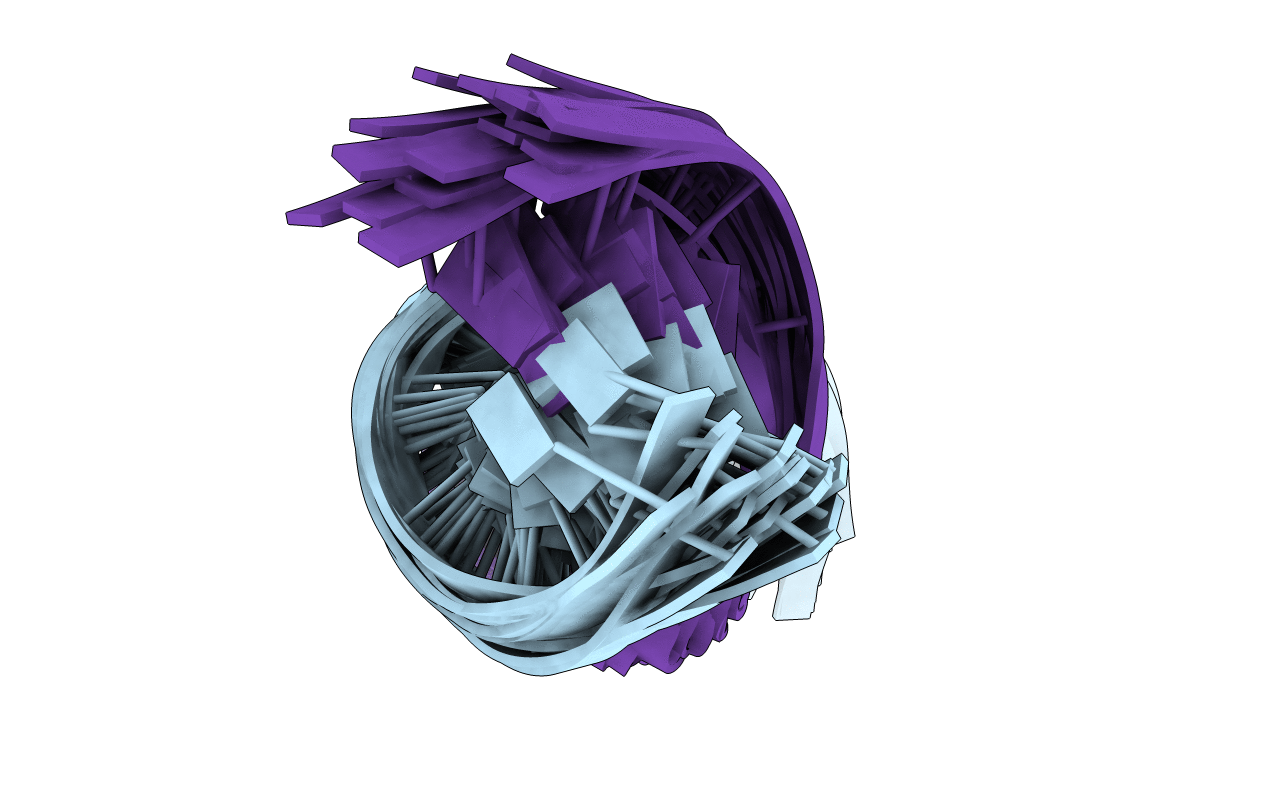
Deposition Date
2004-01-31
Release Date
2004-05-25
Last Version Date
2024-05-22
Entry Detail
PDB ID:
1S88
Keywords:
Title:
NMR structure of a DNA duplex with two INA nucleotides inserted opposite each other, dCTCAACXCAAGCT:dAGCTTGXGTTGAG
Biological Source:
Source Organism:
Method Details:
Experimental Method:
Conformers Calculated:
40
Conformers Submitted:
20
Selection Criteria:
structures with the lowest energy


